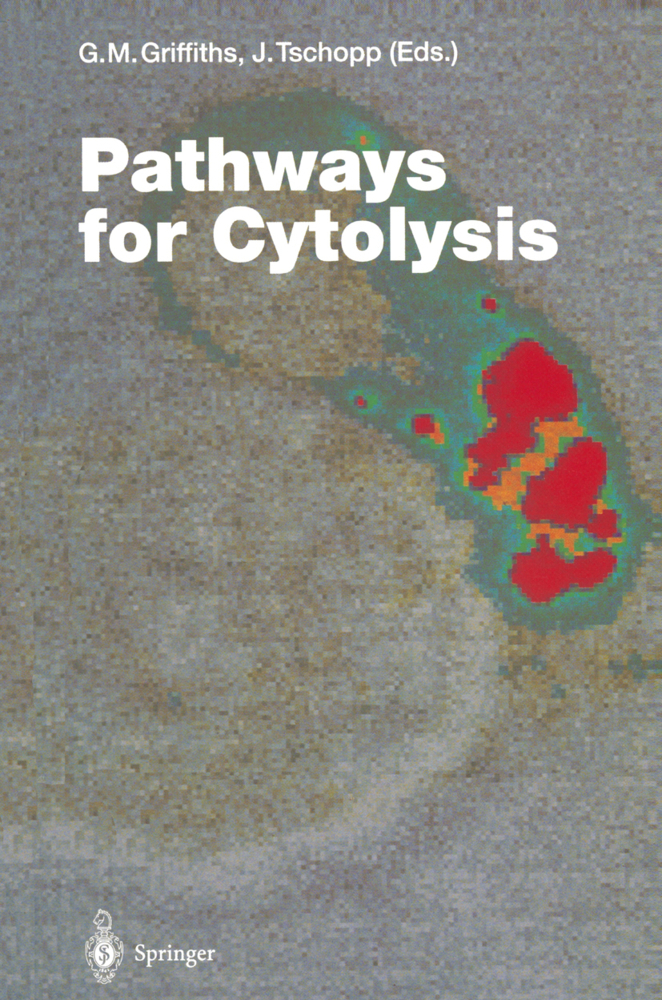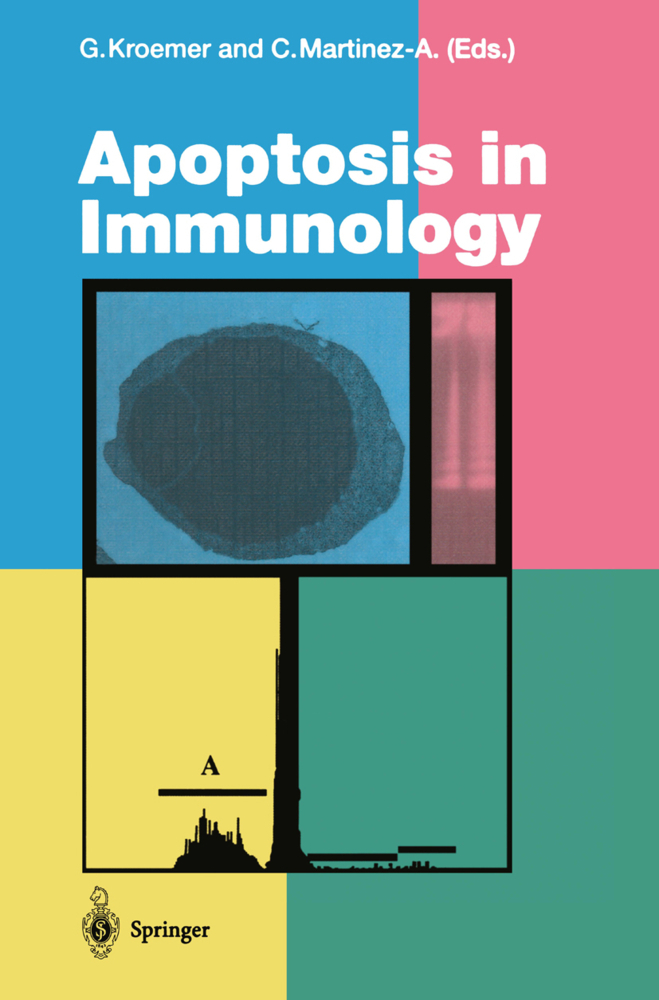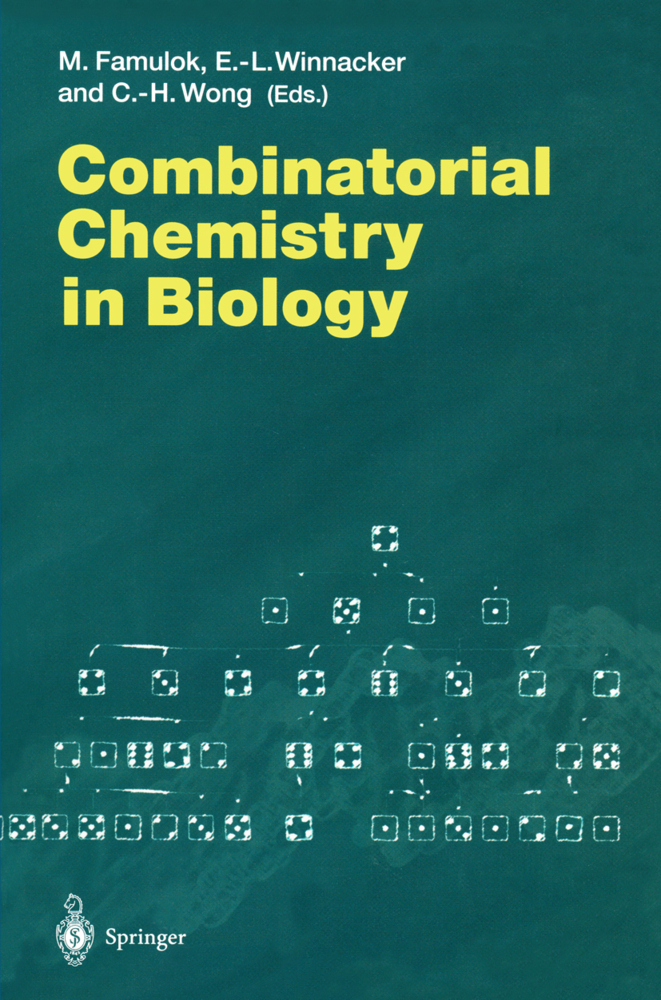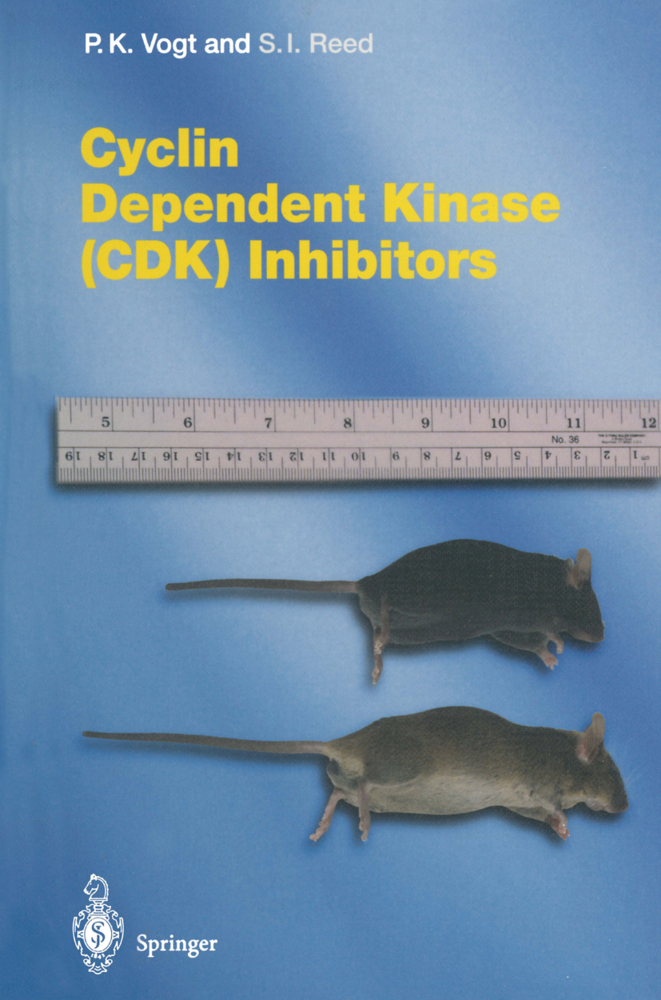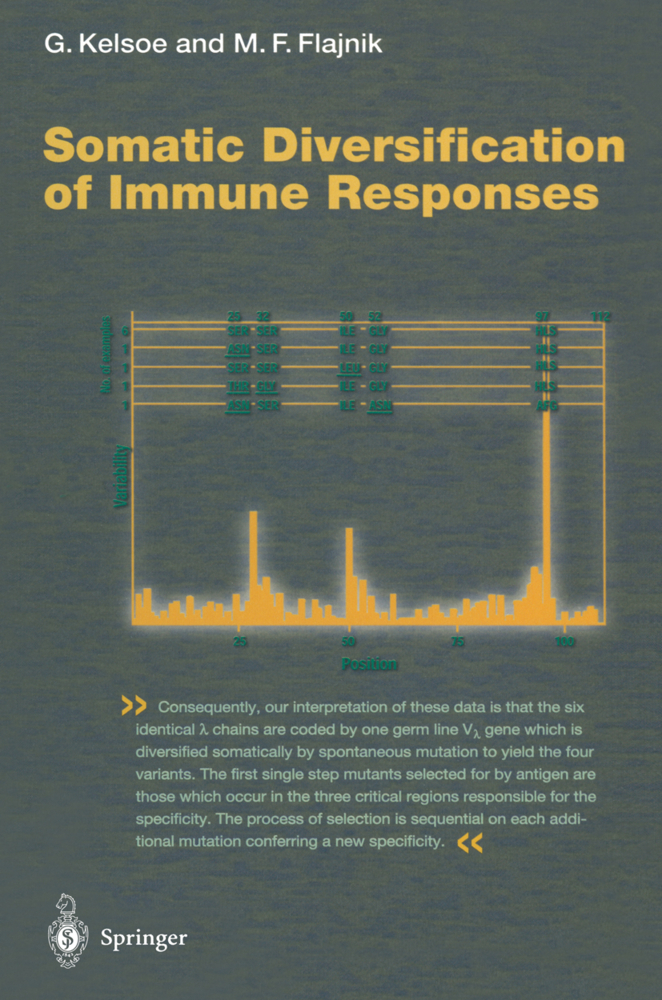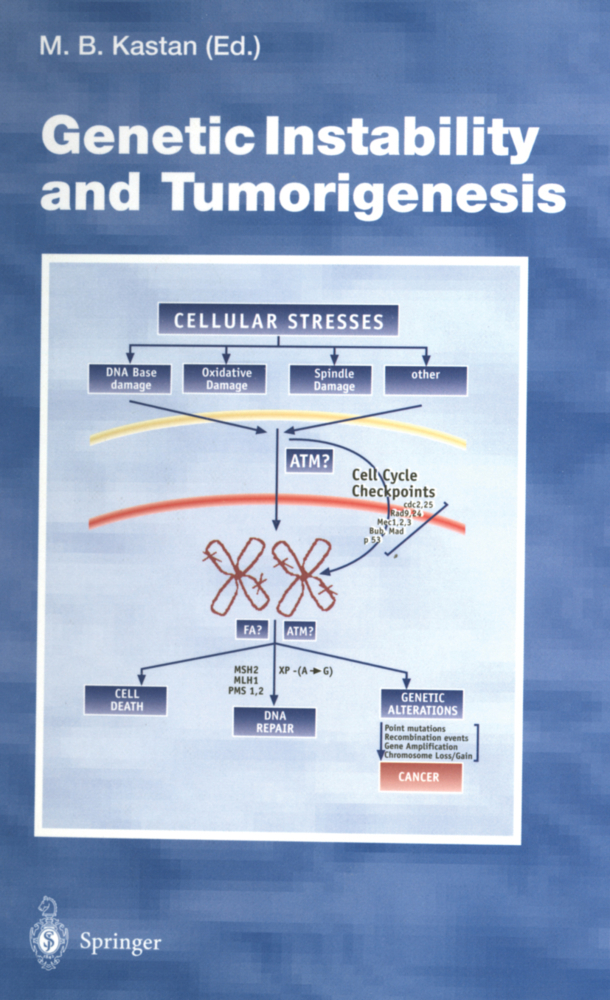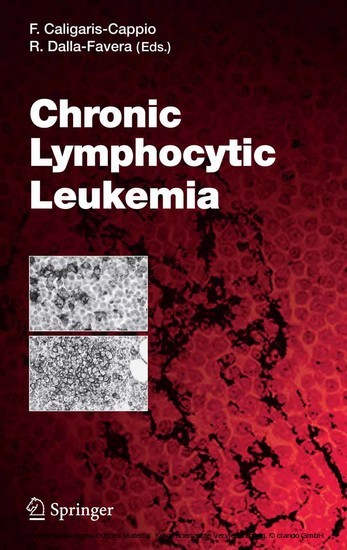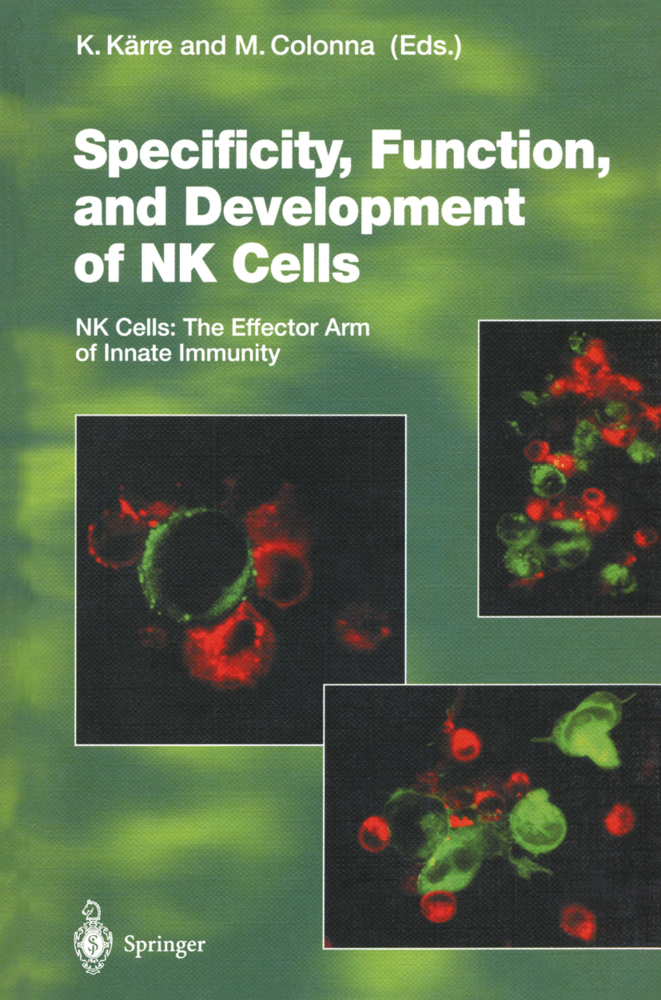Pathways for Cytolysis
Pathways for Cytolysis
At first glance the destruction of a target cell by a killer cell seems to be a simple endeavor. A closer look, however, reveals the complex mechanisms underlying this task. Killer cells are able to specifically recognize altered or infected cells. A transient contract with target cells has to be established to allow the delivery of lethal molecules or signals. The killer cell then disengages from the damaged cell and moves away to kill other target cells. After the eradication of the target cells, the number or activity of activated killer cells has to be reduced to avoid nonspecific killing of innocent cells. In 1992, Herman Eisen concluded, in his introductory remarks in the most recent volume on lymphocyte cytotoxicity (EISEN 1993): "Given the immense amount of effort made in the past decade to understand these (lytic) mechanisms, it seems surprising that a consensus about the principal mechanisms has not been reached." Since that time, advances made in the field of cell-mediated cytolysis are so significant that our knowledge regarding the lytic mechanisms has been considerably augmented. Much of this is due to studies with transfectants and mutants-either naturally occurring or generated by gene targeting. It is now clear that there are two predominant pathways which act hand in hand and lead to efficienttarget cell destruction.
Fas-Based T Cell-Mediated Cytotoxicity
Structure and Biogenesis of Lytic Granules
The Role of CD28 Costimulation Cytotoxic in the Generation of T Lymphocytes
Degranulating Cytotoxic Lymphocytes Inflict Multiple Damage Pathways on Target Cells
Granzymes and Apoptosis: Targeting the Cell Cycle
Perforin, Killer Cells and Gene Transfer Immunotherapy for Cancer
TIA-1: Structural and Functional Studies on a New Class of Cytolytic Effector Molecule
Calreticulin: A Granule-Protein by Default or Design?
A New Function for an Old Enzyme: The Role of DNase I in Apoptosis
The Ligands arid Receptors of the Lymphotoxiri System.
List of Contents
Perforin and Granzymes: Crucial Effector Molecules in Cytolytic T Lymphocyte and Natural Killer Cell-Mediated CytotoxicityFas-Based T Cell-Mediated Cytotoxicity
Structure and Biogenesis of Lytic Granules
The Role of CD28 Costimulation Cytotoxic in the Generation of T Lymphocytes
Degranulating Cytotoxic Lymphocytes Inflict Multiple Damage Pathways on Target Cells
Granzymes and Apoptosis: Targeting the Cell Cycle
Perforin, Killer Cells and Gene Transfer Immunotherapy for Cancer
TIA-1: Structural and Functional Studies on a New Class of Cytolytic Effector Molecule
Calreticulin: A Granule-Protein by Default or Design?
A New Function for an Old Enzyme: The Role of DNase I in Apoptosis
The Ligands arid Receptors of the Lymphotoxiri System.
Griffiths, Gillian M.
Tschopp, Jürg
| ISBN | 978-3-642-79416-2 |
|---|---|
| Artikelnummer | 9783642794162 |
| Medientyp | Buch |
| Auflage | Softcover reprint of the original 1st ed. 1995 |
| Copyrightjahr | 2011 |
| Verlag | Springer, Berlin |
| Umfang | IX, 224 Seiten |
| Abbildungen | IX, 224 p. 3 illus. in color. |
| Sprache | Englisch |

